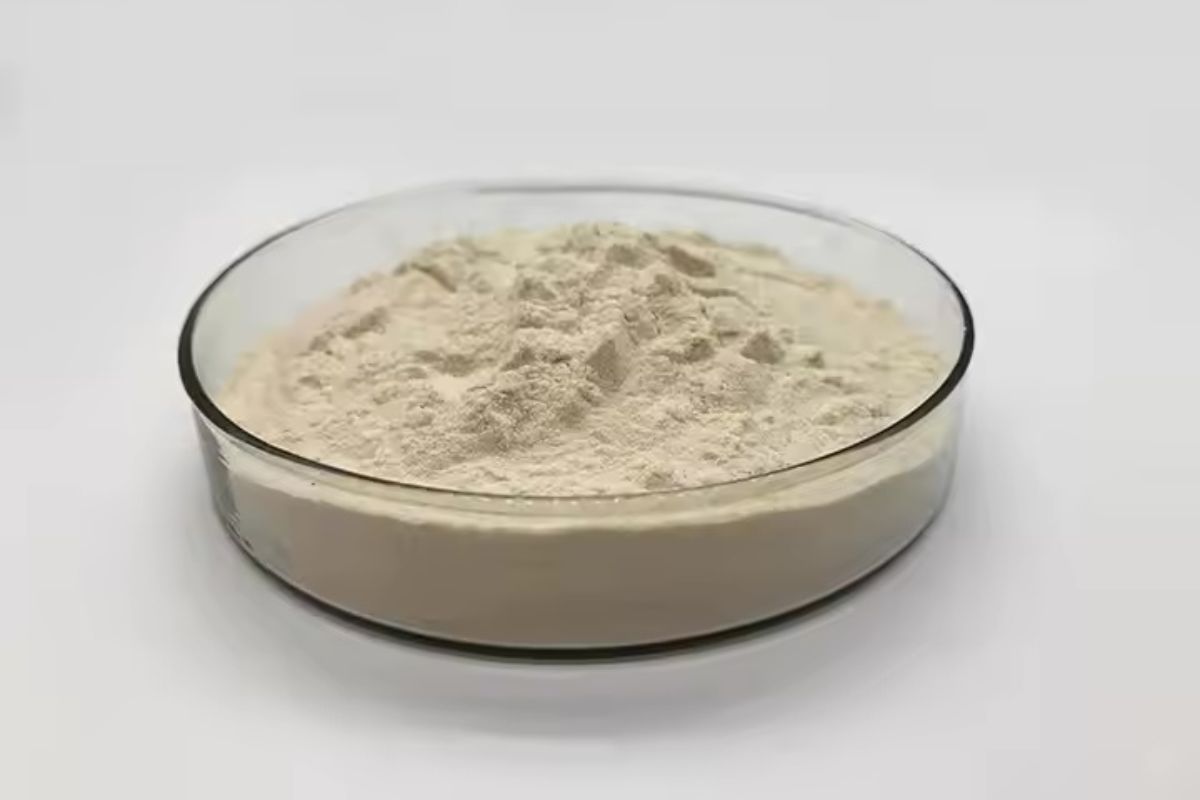
Hemicellulase might sound like a complex term, but it plays a crucial role in our daily lives. This enzyme helps break down hemicellulose, a major component of plant cell walls. Why is hemicellulase important? It aids in digestion, supports biofuel production, and even enhances animal feed efficiency. From improving gut health to contributing to sustainable energy solutions, hemicellulase is more than just a scientific term. Whether you're curious about its benefits or its applications, understanding hemicellulase can open doors to a healthier lifestyle and a greener planet. Let's dive into 35 fascinating facts about this incredible enzyme!
What is Hemicellulase?
Hemicellulase is an enzyme that breaks down hemicellulose, a major component of plant cell walls. This enzyme plays a crucial role in various biological processes and industrial applications. Let's dive into some fascinating facts about hemicellulase.
-
Hemicellulase is essential for breaking down complex carbohydrates in plant cell walls into simpler sugars.
-
It is produced by a variety of microorganisms, including bacteria, fungi, and yeasts.
-
Hemicellulase is often used in the food industry to improve the texture and shelf life of baked goods.
-
This enzyme helps in the production of biofuels by breaking down plant biomass into fermentable sugars.
-
Hemicellulase can be found in the digestive systems of herbivores, aiding in the digestion of plant material.
Types of Hemicellulase
There are several types of hemicellulase, each targeting different components of hemicellulose. Here are some key types:
-
Xylanase breaks down xylan, a major component of hemicellulose, into xylose.
-
Mannanase targets mannan, another component of hemicellulose, converting it into mannose.
-
Arabinase breaks down arabinan, a polysaccharide found in hemicellulose, into arabinose.
-
Glucuronidase targets glucuronic acid-containing polysaccharides in hemicellulose.
-
Ferulic acid esterase breaks down ferulic acid esters, which cross-link hemicellulose and lignin in plant cell walls.
Industrial Applications of Hemicellulase
Hemicellulase has a wide range of industrial applications due to its ability to break down plant materials. Here are some notable uses:
-
In the paper and pulp industry, hemicellulase is used to improve the bleaching process and reduce the need for harsh chemicals.
-
The textile industry uses hemicellulase to soften fabrics and improve dye uptake.
-
Hemicellulase is used in animal feed to improve the digestibility of plant-based ingredients.
-
In the brewing industry, hemicellulase helps break down plant materials, improving the extraction of fermentable sugars.
-
The enzyme is used in the production of fruit juices to increase yield and clarity.
Health Benefits of Hemicellulase
Hemicellulase also offers several health benefits, particularly in the context of digestive health. Here are some key points:
-
Hemicellulase supplements can help break down plant fibers in the digestive tract, improving nutrient absorption.
-
It can alleviate symptoms of digestive disorders like bloating and gas by breaking down complex carbohydrates.
-
Hemicellulase may support gut health by promoting the growth of beneficial gut bacteria.
-
The enzyme can help individuals with certain food intolerances by breaking down problematic plant fibers.
-
Hemicellulase supplements are often included in digestive enzyme blends to enhance overall digestive function.
Environmental Impact of Hemicellulase
The use of hemicellulase has significant environmental implications, particularly in the context of sustainability. Here are some important facts:
-
Hemicellulase can reduce the need for chemical treatments in various industries, lowering environmental pollution.
-
The enzyme plays a crucial role in the production of biofuels, offering a renewable energy source.
-
Hemicellulase helps in the efficient recycling of plant biomass, reducing waste.
-
The use of hemicellulase in agriculture can improve soil health by breaking down plant residues.
-
Hemicellulase-based processes often require less energy compared to traditional methods, reducing carbon footprints.
Challenges and Future Prospects
Despite its many benefits, the use of hemicellulase faces certain challenges. However, ongoing research holds promise for future advancements. Here are some insights:
-
The production of hemicellulase can be costly, limiting its widespread use.
-
There is a need for more efficient and stable hemicellulase enzymes for industrial applications.
-
Genetic engineering holds potential for creating more effective hemicellulase-producing microorganisms.
-
Research is ongoing to improve the thermostability of hemicellulase for use in high-temperature processes.
-
Advances in biotechnology may lead to the development of hemicellulase variants with enhanced activity and specificity.
Fun Facts about Hemicellulase
Let's wrap up with some fun and lesser-known facts about hemicellulase:
-
Hemicellulase was first discovered in the early 20th century during studies on plant cell wall degradation.
-
Some insects, like termites, produce hemicellulase to digest wood.
-
Hemicellulase can be used in the production of prebiotics, which promote gut health.
-
Certain marine organisms produce hemicellulase to break down seaweed.
-
Hemicellulase research is contributing to the development of sustainable packaging materials from plant biomass.
Hemicellulase: The Unsung Hero
Hemicellulase plays a crucial role in breaking down plant cell walls, making nutrients more accessible. This enzyme is vital for industries like biofuel production, animal feed, and even human digestion. Without it, many processes we take for granted would be less efficient. From improving gut health to aiding in the production of renewable energy, hemicellulase proves its worth time and again. Understanding its functions and benefits can lead to better health choices and more sustainable practices. So next time you hear about enzymes, remember hemicellulase and its significant impact. It’s not just a scientific term; it’s a key player in many aspects of life. Embrace the power of hemicellulase and appreciate the hidden wonders it brings to our world.
Was this page helpful?
Our commitment to delivering trustworthy and engaging content is at the heart of what we do. Each fact on our site is contributed by real users like you, bringing a wealth of diverse insights and information. To ensure the highest standards of accuracy and reliability, our dedicated editors meticulously review each submission. This process guarantees that the facts we share are not only fascinating but also credible. Trust in our commitment to quality and authenticity as you explore and learn with us.
